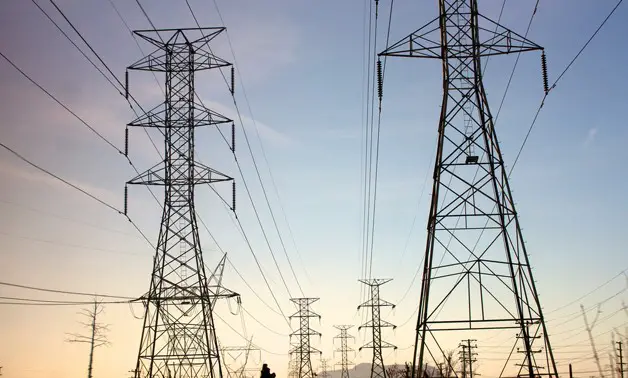The Qassim-Madinah power interconnection project in Saudi Arabia has successfully been completed. The Saudi Electricity Project Development Company announced the project’s completion. The company is one of SEC’s subsidiaries. Moreover, it is a pioneer in the establishment and development of projects. More so, especially, projects for the generating and transmission of electric power.
The Qassim-Madinah power interconnection project involved the construction of an overhead transmission line between the regions of Madinah and Qassim. The line has a capacity of 380kv and runs for an impressive 420 kilometers.
Also Read: Egypt-Saudi Arabia electricity interconnection project advances
The project also included the expansion of the main substations in the MadinahMadinah and Qassim regions. These will enable the network to exchange electric power flexibly and smoothly. Impressively, the project will raise the capacity of reciprocal power in the two regions.
Aim for the Qassim-Madinah power interconnection project
The Qassim-Madinah power interconnection project is a part of SEC’s strategy. Their strategy aims to enhance the reliability of electrical services in the country. Additionally, the firm also aims to strengthen the connectivity of the electrical grid between Madinah and Qassim.
The CEO Engineer of the Saudi Electricity Projects Development Company commented on the project. Mahdi Al Dosary stated that the project will boost the electric connection. More so, especially, between the western and central areas. He noted that the project will also enable an exchange of the energy produced in the two areas.
Furthermore, Al DOsary noted that the project will activate the communication systems such as the booster. The booster will contribute to supporting the stability of the electric network. Additionally, it will raise the reliability as well as enhance the utilization of high-efficiency generation units.

Leave a Reply